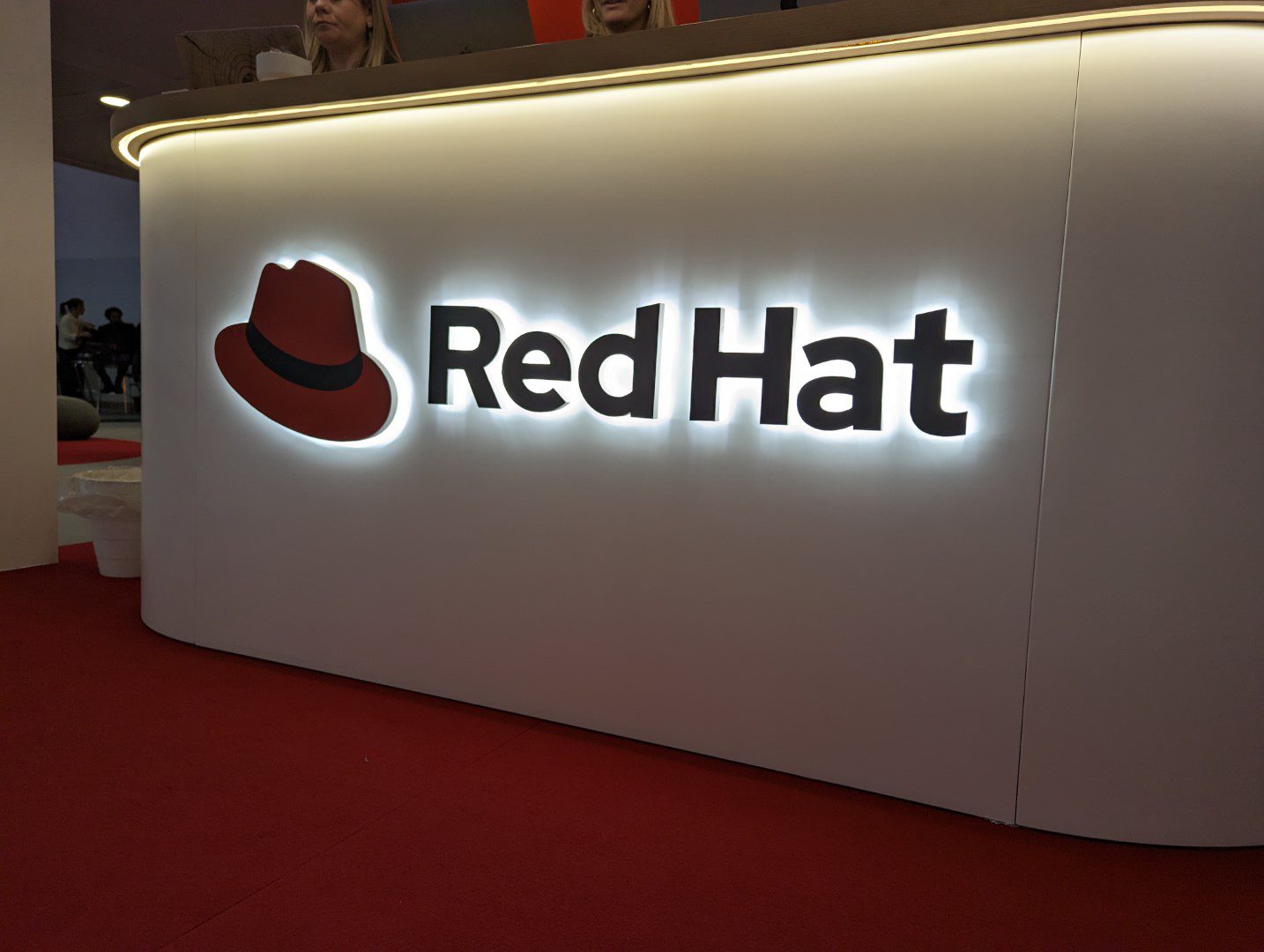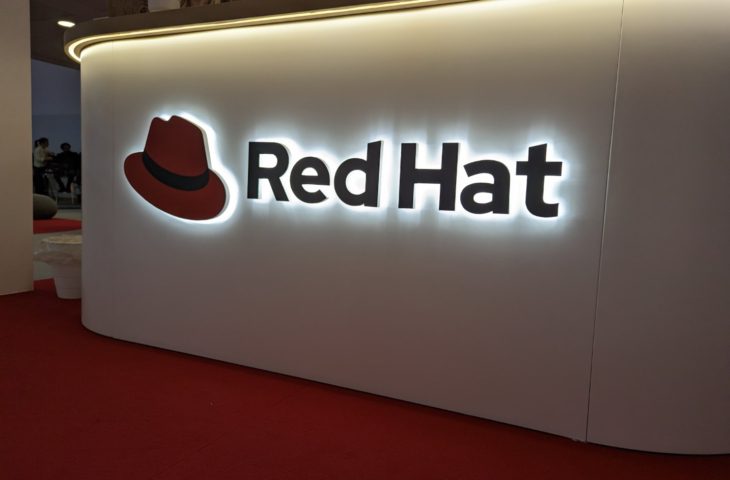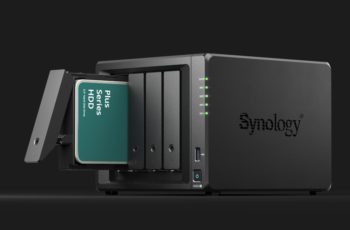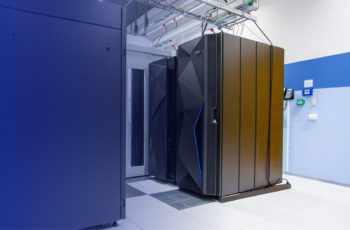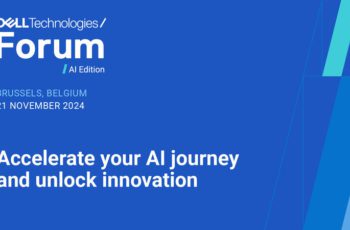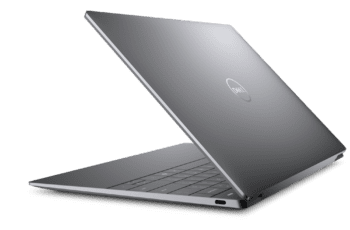Red Hat relies on artificial intelligence and therefore updates existing functionalities in various areas.
During KubeCon 2024, Red Hat will announce updates to OpenShift 4.17, OpenShift AI 2.15 and Device Edge 4.17. Innovations focus on AI scalability, productivity and low latency performance for hybrid cloud and edge environments.
OpenShift 4.17: Generative AI and integrated virtualization
The latest release of Red Hat OpenShift, version 4.17, introduces OpenShift Lightspeed. This is a virtual assistant in technical preview that uses generative AI. With Lightspeed, teams can easily ask technical questions and get answers immediately. This increases productivity without additional technical expertise. Lightspeed integrates with Red Hat OpenShift AI and Red Hat Enterprise Linux AI as model providers. This allows companies to use generative AI in their OpenShift environment.
OpenShift 4.17 includes improvements in virtualization management, such as: B. Secure memory overwriting to increase virtual machine density. A new feature in the technical preview enables live migration of data between different storage media, with virtual machines remaining active during this migration. Additionally, a dedicated virtualization management console provides clear access to virtualization features, increasing efficiency for administrators.
There is also Advanced Cluster Management for Kubernetes, which offers new possibilities for managing visual machines in multiple clusters. For example, there is improved search and filter functionality and the ability to stop, start, restart or pause VMs directly from the platform.
On the security front, OpenShift 4.17 introduces network isolation for namespaces, user namespaces in pods, and a Confidential Compute Attestation Operator to protect sensitive workloads. These features increase container security without compromising development speed.
OpenShift AI 2.15: Efficiency and reliability in AI models
Red Hat’s OpenShift AI 2.15 helps companies scale and manage AI models in hybrid environments. This update includes a model registry, currently in technical preview, where organizations can centrally manage models and their metadata and apply version control. This model registry helps data scientists and AI engineers deal with models and associated artifacts in a consistent and structured manner. Red Hat also offers model registration for the open source Kubeflow community.
OpenShift AI 2.15 also introduces data drift detection, which detects anomalies in input data that could potentially impact model performance. Additionally, bias detection tools have been added by the TrustyAI community to ensure the fairness and reliability of AI models in production.
For model optimization, OpenShift AI 2.15 provides support for Low-Rank Adapters (LoRA) to efficiently fine-tune large language models such as Llama 3. This makes AI scalability more accessible by reducing costs and energy consumption. There is also integration with Nvidia NIM, making it easier to implement generative AI applications, and with AMD GPUs via the ROCm platform for additional processing capabilities.
In terms of model deployment, the update provides a vLLM runtime option for KServe, optimized for large language models. Red Hat also provides support for OCI repositories to securely store and share container models.
Device Edge 4.17: Low latency and reliable performance at the edge
With Red Hat Device Edge 4.17, the company is focused on optimizing edge applications with real-time performance, such as autonomous vehicles and industrial machines. Device Edge combines a lightweight Kubernetes distribution, MicroShift, with Red Hat Enterprise Linux and the Ansible Automation Platform. It is designed to support small, resource-constrained devices with low latency.
The latest version offers improved latency performance, which is critical in environments where decisions must be made within milliseconds. Device Edge 4.17 also expands network capabilities with IPv6 support and single and dual stack configurations, providing flexibility for network management.
For AI at the edge, Device Edge 4.17 offers support for Nvidia Jetson Orin and IGX Orin in the technical preview. This allows companies to run advanced AI models and process data locally without relying on centralized data centers. The combination of low-latency AI and enhanced networking options increases the usability of Device Edge for time-critical applications at the edge.
Availability and future prospects
Updates to OpenShift 4.17 are already available, with updates to OpenShift AI 2.15 and Device Edge 4.17 to follow in November 2024. Red Hat is committed to providing scalable and secure solutions for companies looking to expand their AI and edge capabilities while making the most of hybrid solutions the cloud. With these releases, Red Hat aims to help companies improve AI productivity, simplify complex virtualization management, and increase the performance of edge applications with strict latency requirements.







